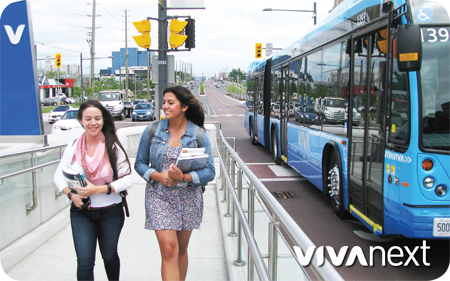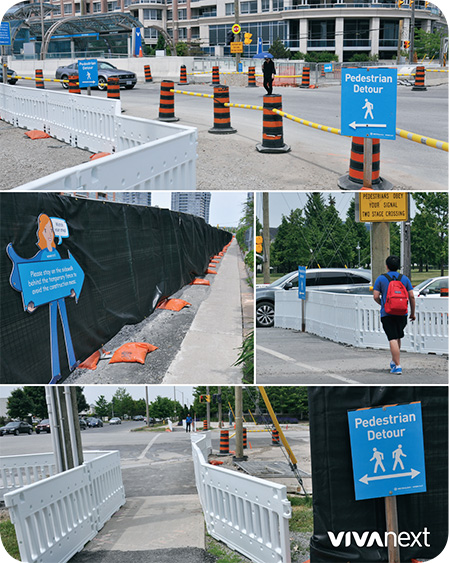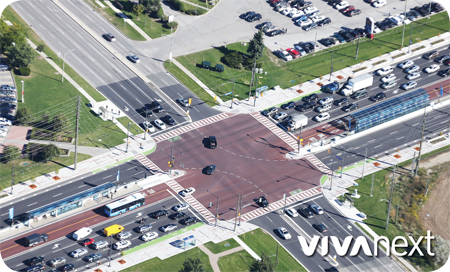Take a moment to travel back in time with vivaNext as we explore the past, present and future of the rapidway corridors. Over the next month, we’ll be digging into photo archives to explore each community’s unique heritage and showing you how the vivaNext projects will be part of this history.
First up is the charming Town of Newmarket! It became an official town in 1880 with a population of 2,000. Today, the town has 84,000 residents and continues to grow. It boasts small town charm, but has all the conveniences of a big city. Several historical pieces of architecture still remain in Newmarket today, and as part of the Davis Drive rapidway project, we are preserving these important pieces of culture that contribute to the Town’s character.
The Union Hotel was built on the northeast corner of Davis Drive and Main Street. The two-storey brick structure was designed by local architect John Ough and still has many of its original features. Past owners include James Burke, a soda water manufacturer, and Patrick Hodgins Sr. whose family used it as a store and residence. To allow for the widening necessary to accommodate the vivaNext rapidway, the Union Hotel and neighbouring two-storey concrete block building are being set back on the same property, to preserve them as a gateway to historical Main Street.
The Keith Bridge is also being reconstructed as part of the vivaNext rapidway project. Newmarket’s rich architectural and transportation heritage was the inspiration for the design of the new Keith Bridge. When finished in 2014, the reconstructed Keith Bridge will feature several historic design elements including replica period light fixtures and poles, and decorative concrete railings. Heritage lighting will accent the bridge and architectural detailing will retain a historical flavour.
Once complete, the Davis Drive rapidway will help to support successful urban revitalization by encouraging the development of attractive and pedestrian-friendly places for people to live, work, shop and play. Watch Newmarket’s then, now & next story and stay tuned to our YouTube channel for more videos on Richmond Hill, Vaughan, and Markham!










